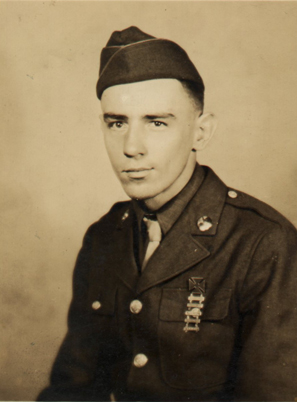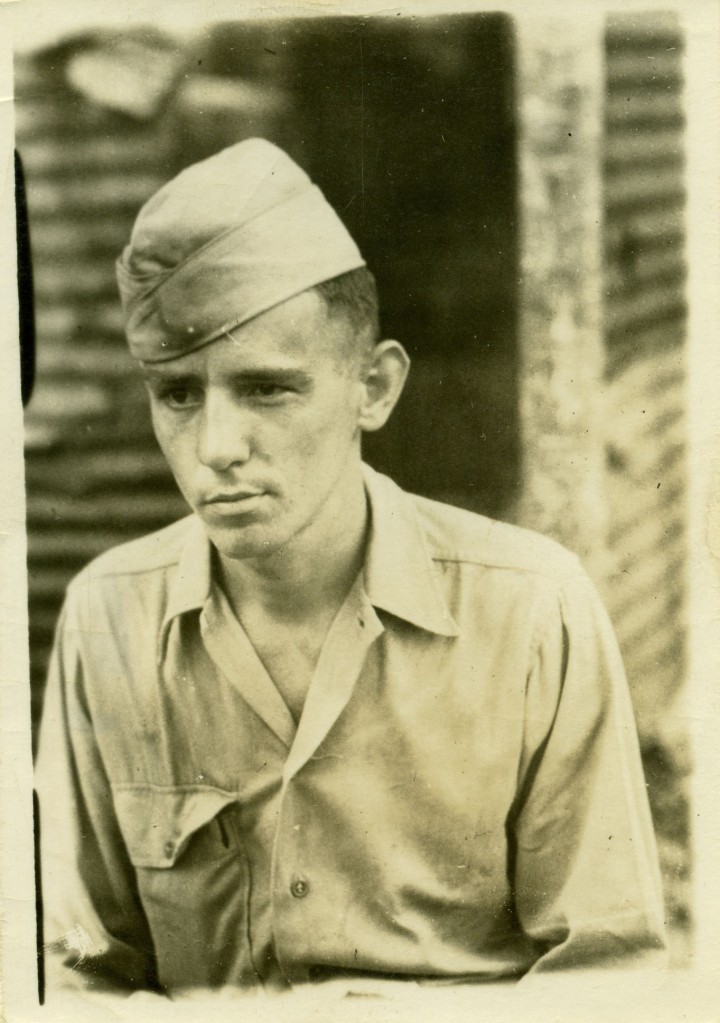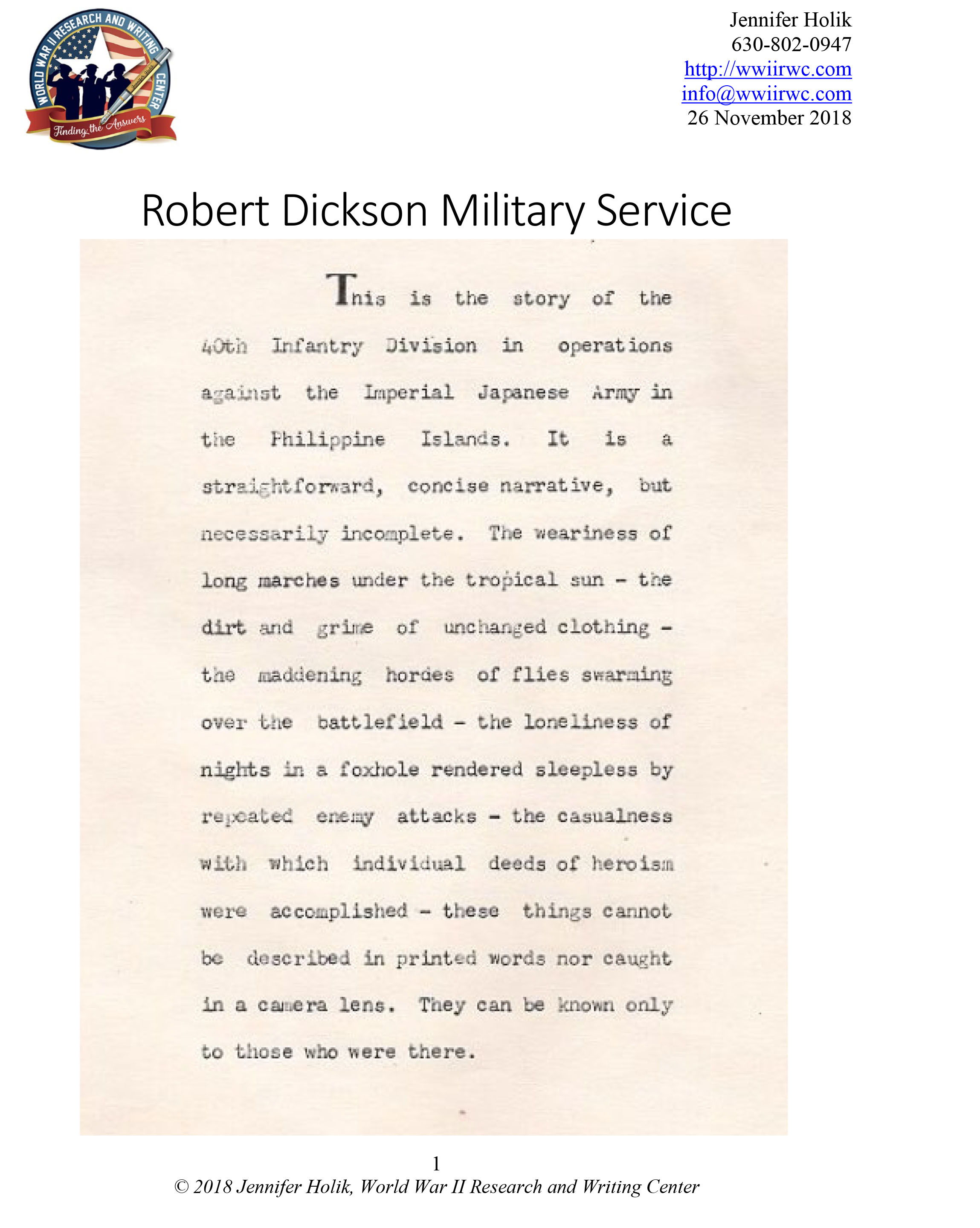DNA – 52 Ancestors in 52 Weeks
Let me start off by saying that I am a technology guy. I am not always a first adopter for every technology. Instead, I embrace technology where it looks like it will help and wait to adopt it in areas where it’s not yet ready.
I have been a computer guy since the late 1970s. I learned to program on my friend’s Commodore PET and on the school district’s NCR minicomputer. I bought my first computer in 1979 – an Ohio Scientific Challenger 1P Series II system with the fastest Motorola 6502 processor on the market. It’s still in our attic (but it has a special connector for the video output, so I can’t run it anymore).
I am an IT guy. I do IT for a living. E-mail and texting have been my regular ways of communicating since about 1982.
From the very start of my genealogical journey, starting in the late 1980s, I used a genealogy database to keep track of my tree. First PAF. Then The Master Genealogist. Back to PAF for Windows once TMG went belly-up. And now, I have been a firm devotee of RootsMagic for years. I use scanners, clouds, on-line tools like Evernote and Dropbox.
But, I also rely on good, old microfilm, and dusty books in archives, and vertical files, and file cabinets full of paper, and lots of old family photos. So, technology is great, in its place. It augments rather than replaces good methodology and proven tools and techniques.
Last week, when I told you the story of one of my brick walls, I said that DNA was a key part of what helped me to accept family stories and take a new direction on my searching for the family of Mary J. Sartain.
I tested with FamilyTreeDNA when it was too expensive. I added and upgraded tests as they got cheaper. That was in the days of Y-DNA as the primary test.
I’ve done autosomal tests with FamilyTreeDNA, Ancestry, and 23-and-Me. And I’ve uploaded that data to GedMatch for even wider coverage. I’ve encouraged my parents, my step-dad, my in-laws, and others to test.
But, if I am absolutely honest about things, DNA has not yet been the huge boon for me that it has been for other people.
I attribute this to lots of things. First, I have not yet completely immersed myself into squeezing all of the information out of my DNA testing. I have only dipped my toes into the myriad of tools and techniques offered by DNA. There’s no doubt that this can be a daunting area. I think I am taking an approach of having a cursory understanding so that when I hit a situation where I feel like it will apply, I can then find out what I need and begin to use the tools. This is pretty much how I have approached most of the new tools I’ve encountered.
Second, after thirty years of traditional research, I don’t have that may gaps within seven-ish generations, pretty much the limits of direct application of a lot of the DNA tests. After that, there is more work in terms of triangulation between people, using DNA and other research together, etc. But, since I’ve been just grabbing the apples hanging low on the family tree (with respect to DNA), I’ve not found a good opportunity yet.
All of that being said, I have high hopes for DNA not just in genealogy in general, but in my and my family’s research in specific.
It’s funny, but when I look at my step-dad’s matches, so far of the hundreds of matches he had, only about 3 are on his father’s side of the tree. And those are on the part of the tree that we understand. But, one day, that descendant of the Reglin dynamiter will test and the mystery will crack open.
And for my mother-in-law and father-in-law, I am confident that all of the matches to their Irish ancestors will be invaluable in finding their real lines in the tangled web of Irish trees.
So, lacking any real break-throughs with DNA, this has turned into a bit of my philosophy of using DNA. Short version: I’m for it, but haven’t jumped in with both feet yet, lacking a target that really requires it to move forward. But, I will. And I will find lots of new cousins and new ancestors.
Watch for sales, especially from Ancestry. Get your results. Even if all you look at is the ethnicity. Post a short tree. Explore your matches and look at ThruLines. (Short side-note: When I look at my mother-in-law’s results, they are the only ones I have seen that are so definitive. 84% Ireland / Scotland and 16% France. No fractions, no tiny pieces of other places. Just those two. And in the Irish section, it actually does pretty well in targeting the counties that her ancestors came from.)
Don’t forget, DNA stands for Discovery New Ancestors. Take advantage of what it can provide. But don’t assume it’s a magic potion made of spit. You still have to put in the effort and solid research to get what it can give.
















